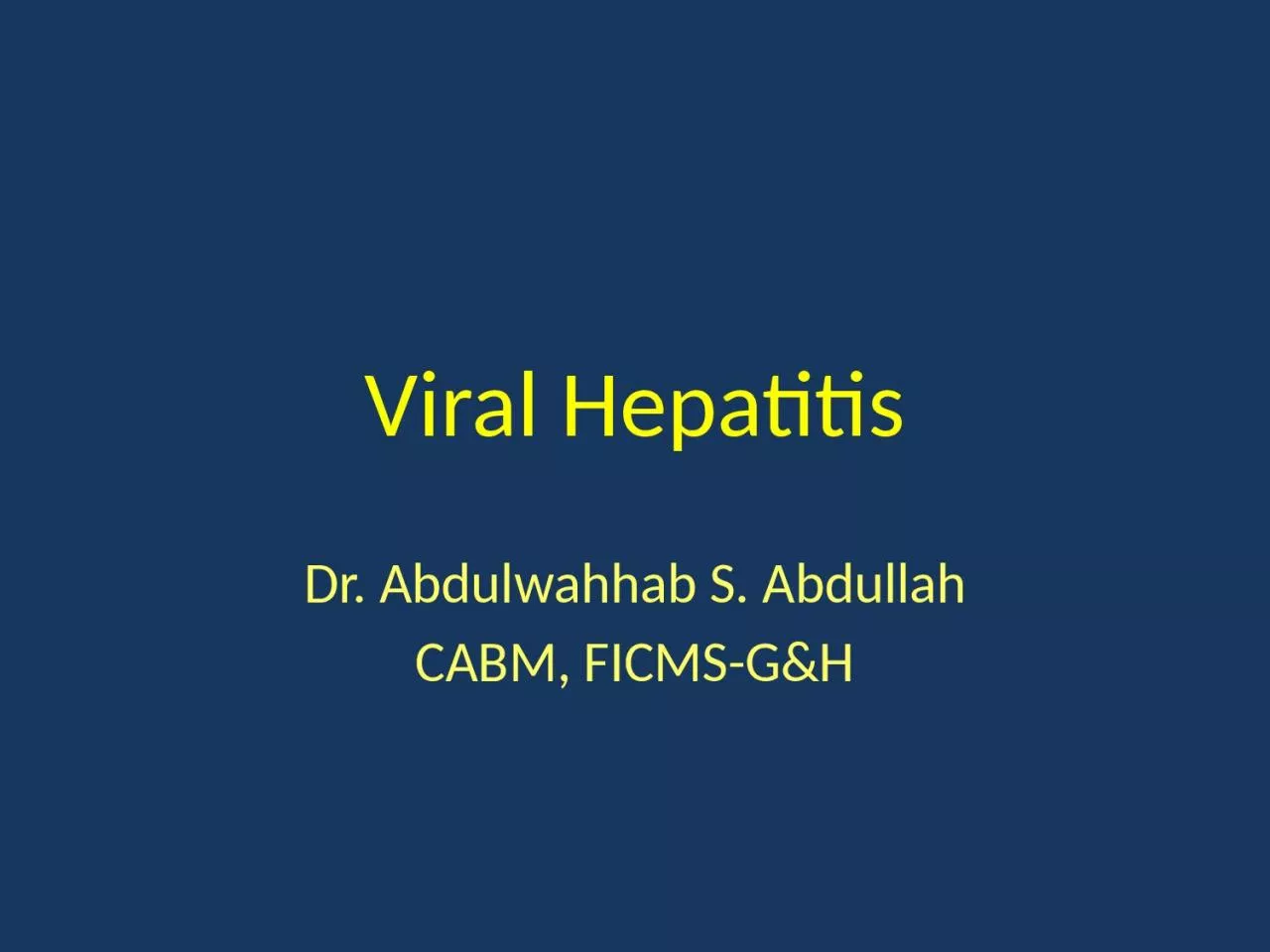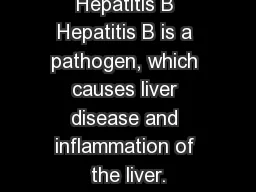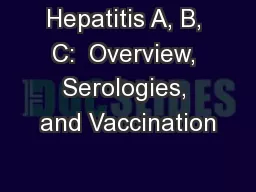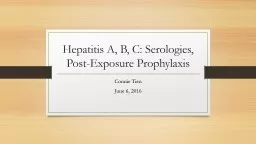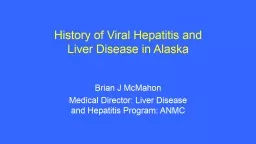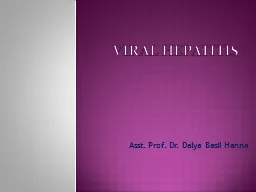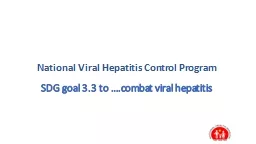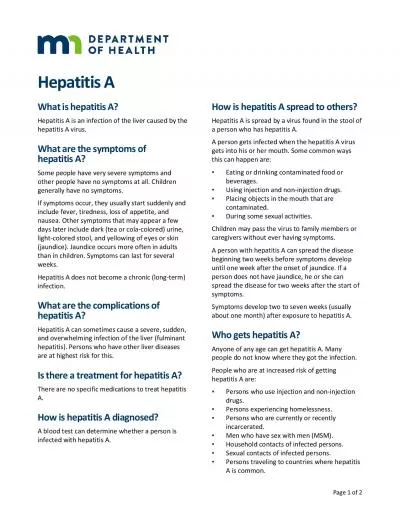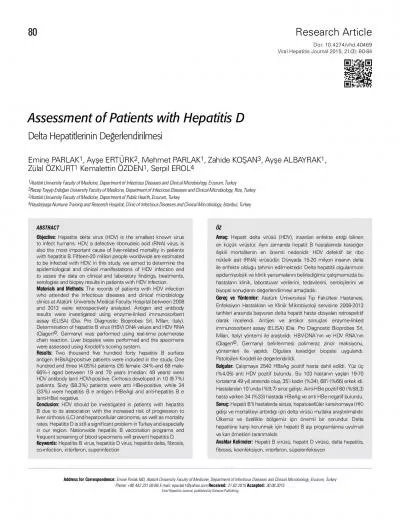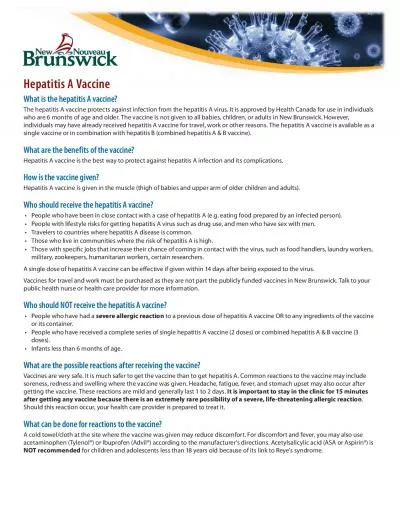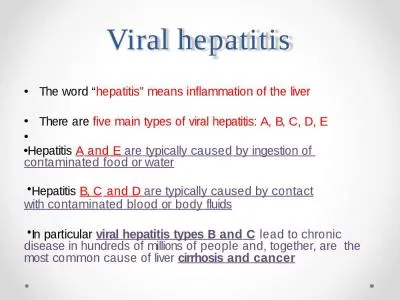PPT-Viral Hepatitis Dr. Abdulwahhab
Author : SunshineSmiles | Published Date : 2022-08-03
S Abdullah CABM FICMSGampH Viral hepatitis Viral hepatitis must be considered in any patient presenting with hepatitis on LFTs high ALT amp AST Viral hepatitis is
Presentation Embed Code
Download Presentation
Download Presentation The PPT/PDF document "Viral Hepatitis Dr. Abdulwahhab" is the property of its rightful owner. Permission is granted to download and print the materials on this website for personal, non-commercial use only, and to display it on your personal computer provided you do not modify the materials and that you retain all copyright notices contained in the materials. By downloading content from our website, you accept the terms of this agreement.
Viral Hepatitis Dr. Abdulwahhab: Transcript
Download Rules Of Document
"Viral Hepatitis Dr. Abdulwahhab"The content belongs to its owner. You may download and print it for personal use, without modification, and keep all copyright notices. By downloading, you agree to these terms.
Related Documents

